Costa Rica’s reputation as a tropical paradise isn’t exactly a secret anymore. Manuel Antonio’s beaches are packed, Arenal Volcano draws crowds by the thousands, and finding a quiet moment at Monteverde can feel like winning the lottery. But here’s the thing about this incredible country – beyond the postcard-perfect destinations that everyone talks about, there’s a whole other side waiting to be discovered.
Sure, the famous spots have earned their reputation for good reasons, but some of the most magical experiences happen when you venture away from the tour buses and Instagram hotspots. Here’s a list of 17 hidden gems that’ll give you a taste of the Costa Rica that most travelers never see.
Río Celeste Waterfall
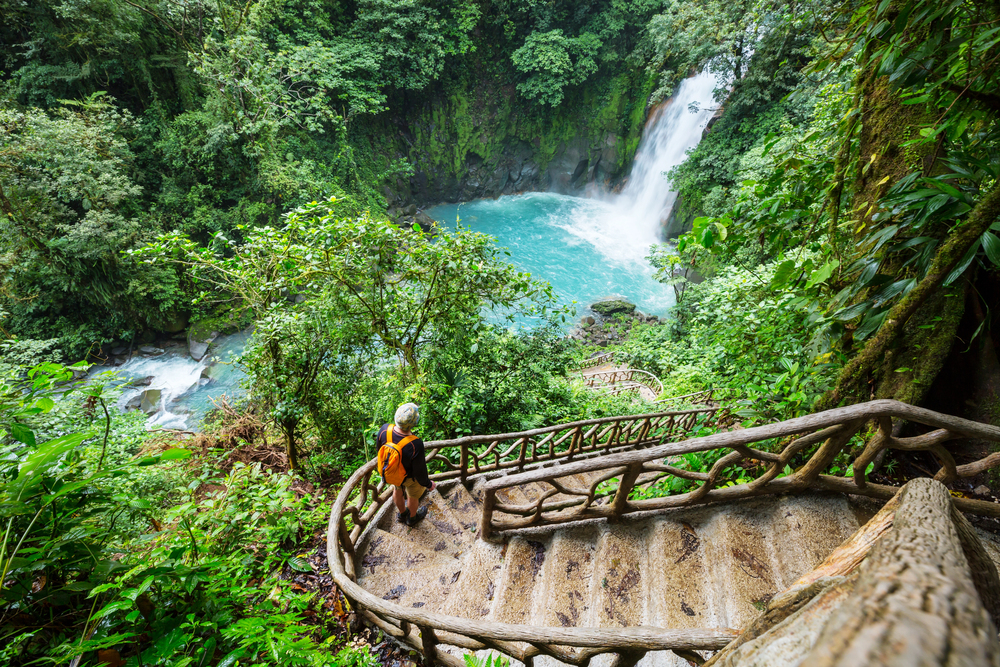
Tucked away in Tenorio Volcano National Park, Río Celeste looks almost too beautiful to be real. The water gets its stunning turquoise color from a natural chemical reaction between volcanic minerals, creating something that seems straight out of a fairy tale. The hike to reach the waterfall takes about an hour through dense rainforest, and you’ll likely have the trail mostly to yourself. Local legend says that when God finished painting the sky, he washed his brushes in this river.
Cahuita National Park
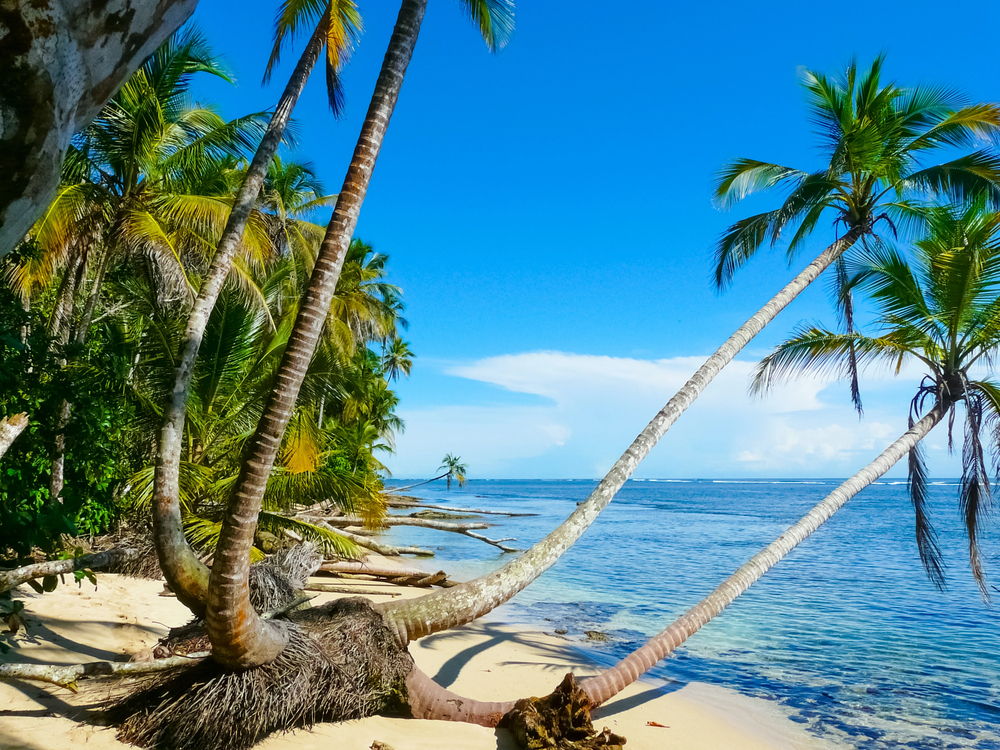
While everyone flocks to Manuel Antonio, Cahuita National Park on the Caribbean coast offers something completely different. This place operates on ‘pay what you can’ basis, which tells you everything you need to know about the laid-back vibe here. The park protects both land and sea, so you can hike through coastal rainforest in the morning and snorkel over coral reefs in the afternoon. The town of Cahuita itself moves at a completely different pace than the Pacific coast, where reggae music drifts from local bars and Afro-Caribbean culture gives this corner of Costa Rica a unique flavor.
Cerro Chirripó
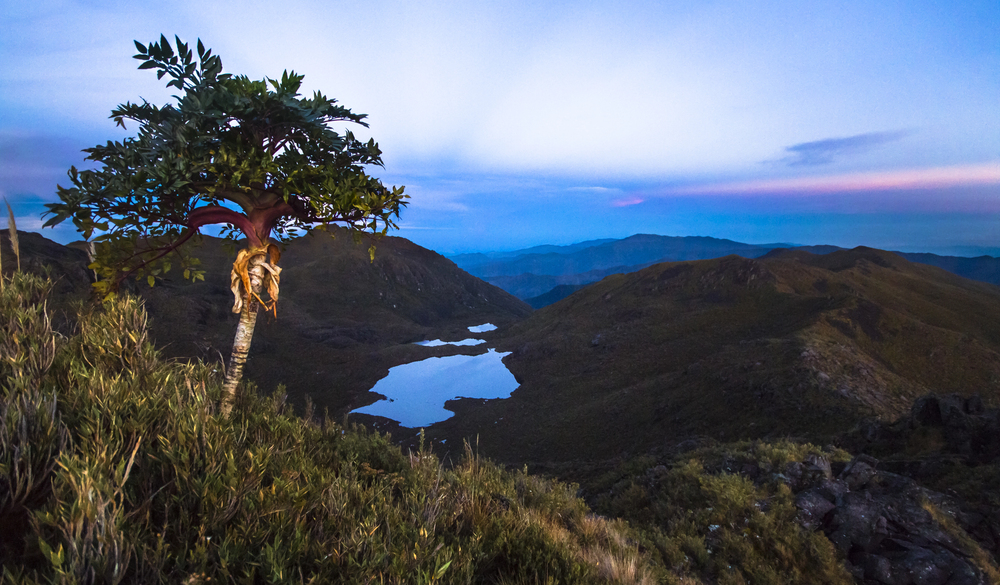
Costa Rica’s highest peak doesn’t require technical climbing skills, but it does demand respect. The trek to the summit takes you through multiple climate zones, from tropical rainforest to something resembling alpine tundra. At 12,530 feet, you’ll stand above the clouds with views of both the Pacific Ocean and Caribbean Sea on clear days. Most people attempt this as a two-day adventure, staying overnight in basic mountain huts, and the pre-dawn summit push rewards you with sunrise from the top of Central America.
Corcovado National Park
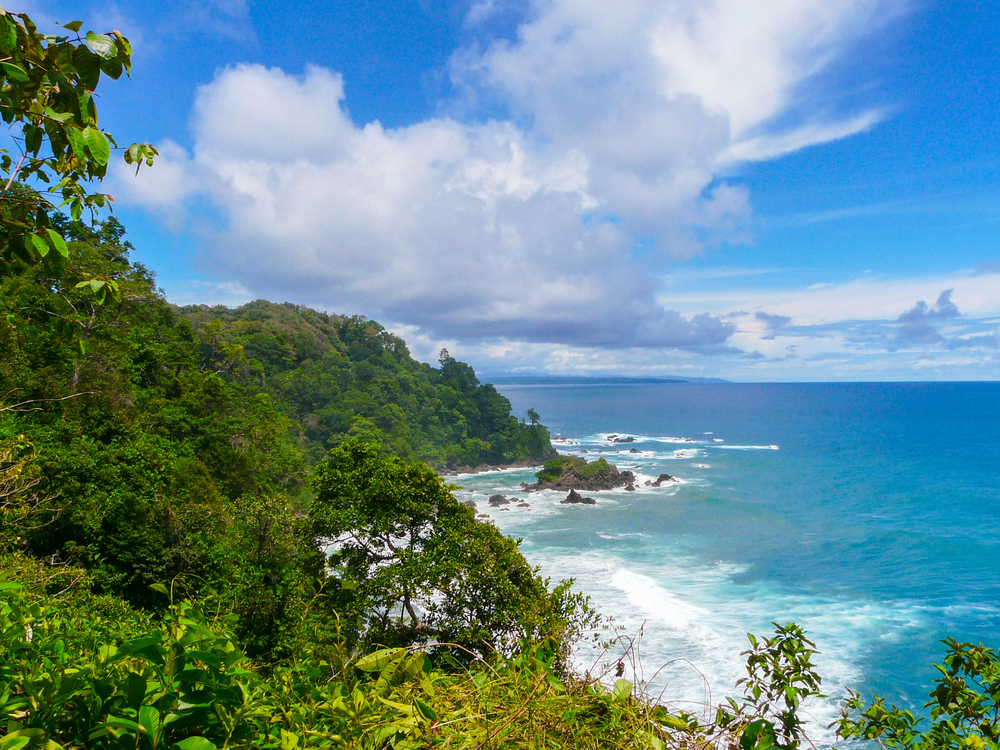
National Geographic once called Corcovado ‘the most biologically intense place on Earth,’ and they weren’t exaggerating. This massive park on the Osa Peninsula contains 2.5% of the world’s biodiversity despite covering less than 0.001% of the planet’s surface. Getting here requires permits, guides, and a sense of adventure, since the park has no roads, no facilities, and absolutely no crowds. What it does have are jaguars, tapirs, scarlet macaws, and ecosystems so pristine they feel prehistoric.
Uvita Beach and Whale’s Tail
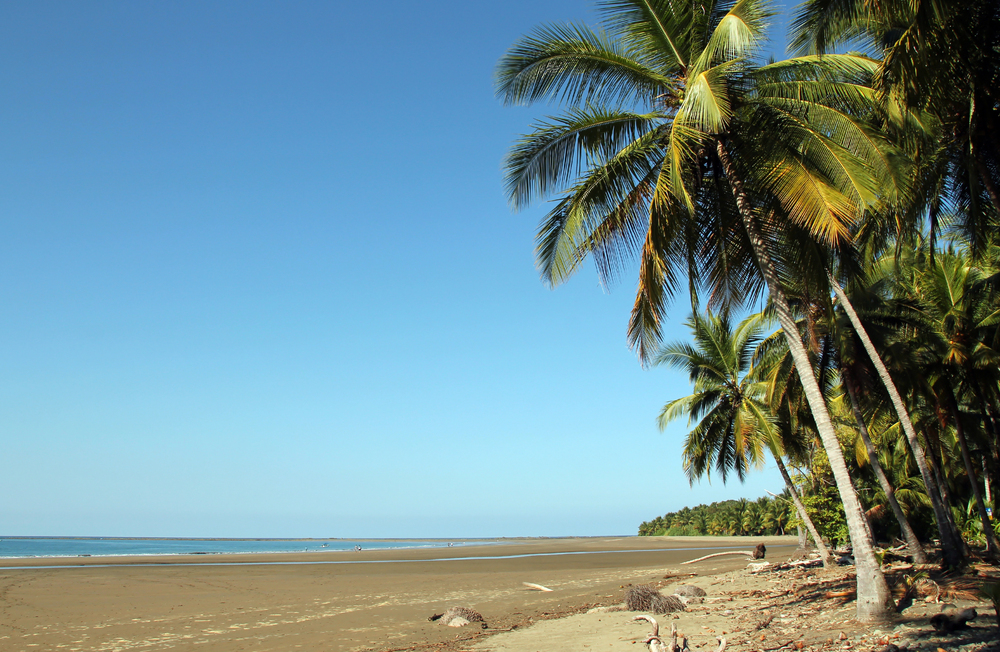
Uvita flies under the radar compared to other Pacific beaches, which is exactly why it’s special. The main attraction here is a natural rock and sand formation that creates a perfect whale tail shape during low tide. You can literally walk out onto the ‘tail’ and feel like you’re standing in the middle of the ocean. Between July and November, and again from December to April, actual humpback whales migrate through these waters, and watching these giants breach just offshore while you’re standing on a whale-shaped beach feels almost too perfectly orchestrated to be a coincidence.
San Gerardo de Dota
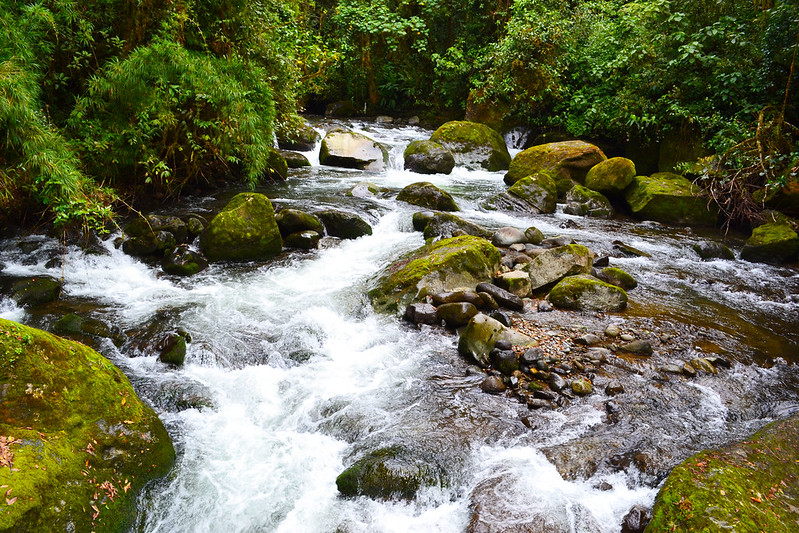
Birdwatchers know about San Gerardo de Dota, but somehow this cloud forest valley remains relatively quiet. The area sits at high altitude, so the climate is refreshingly cool compared to the lowlands, and the real draw here is the chance to spot the elusive quetzal. Even if you’re not particularly interested in birds, the valley offers incredible hiking through misty forests that feel ancient and mystical, plus several family-run lodges provide comfortable bases for exploring.
Gandoca-Manzanillo Wildlife Refuge
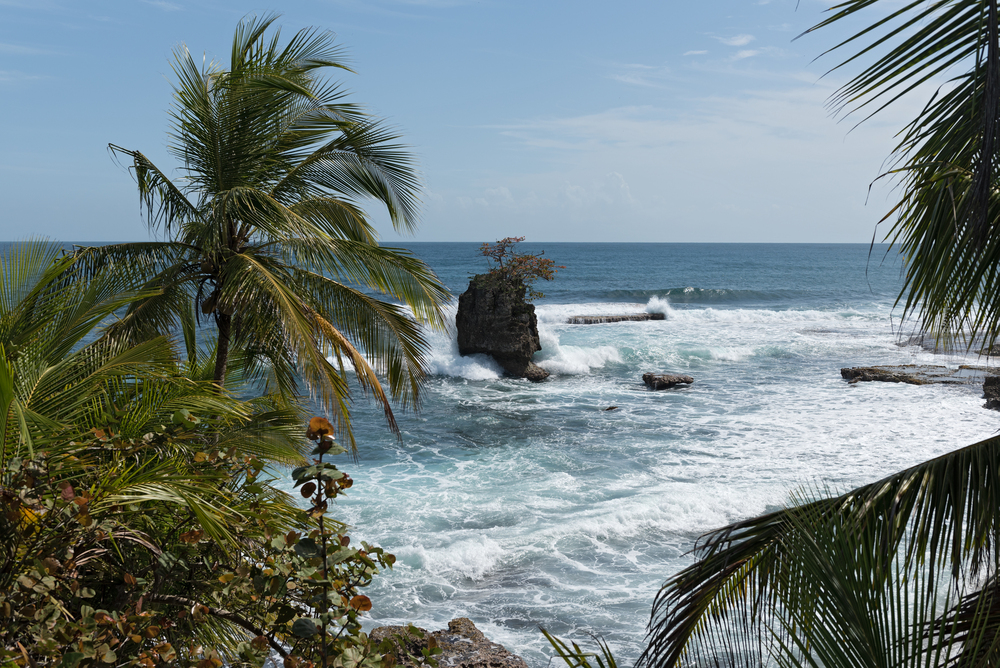
Down at Costa Rica’s southeastern tip, right where the country meets Panama, this wildlife refuge protects an incredible mix of ecosystems. You’ve got beaches where turtles nest, mangrove channels perfect for kayaking, and coral reefs that are some of the healthiest in the country. The tiny village of Manzanillo serves as your base, and it’s about as far from touristy as you can get, with local guides offering boat trips through the canals where you’re likely to spot sloths, monkeys, and countless bird species without another tour group in sight.
Rincón de la Vieja National Park
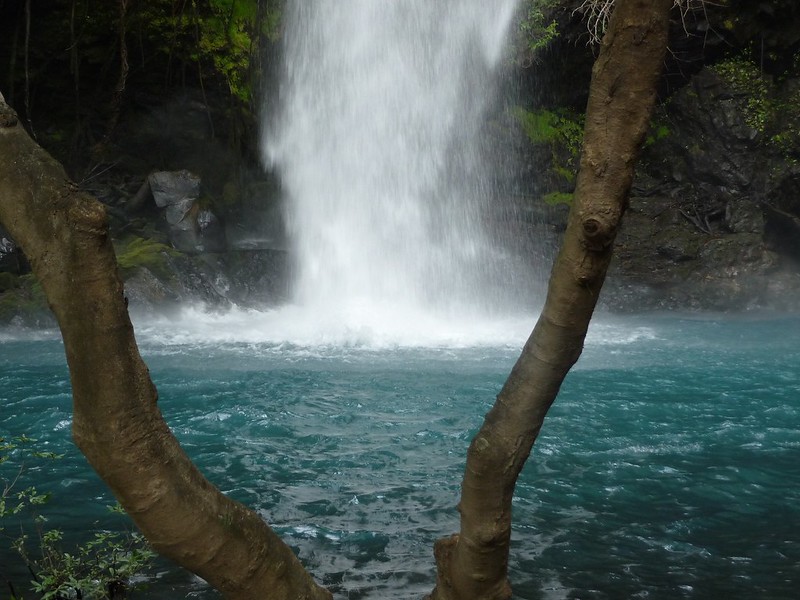
While Arenal gets all the volcano attention, Rincón de la Vieja offers a more diverse volcanic experience with far fewer crowds. The park features bubbling mud pots, natural hot springs, and fumaroles that remind you this is very much an active volcanic system. One of the coolest features is the ‘enchanted forest’ trail, where volcanic activity has created a landscape that looks almost otherworldly, with steam rising from the ground and vegetation adapted to this unique environment.
Bajos del Toro
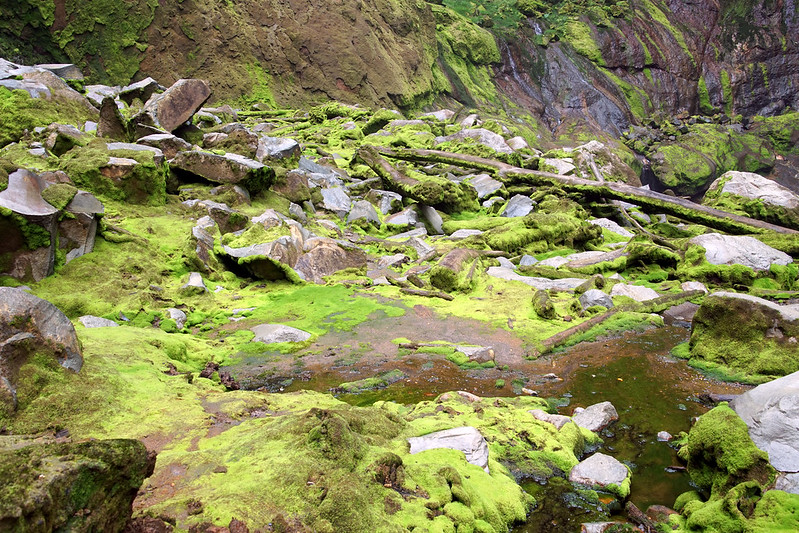
This hidden valley near the base of Poás Volcano contains some of Costa Rica’s most spectacular waterfalls. The Toro Waterfall drops nearly 300 feet into an emerald pool, and the hike to reach it takes you through pristine cloud forest with incredibly few people around. The area also offers opportunities for adventure activities like canyoning and zip-lining, but with a fraction of the crowds you’ll find at more famous locations.
Ostional Wildlife Refuge
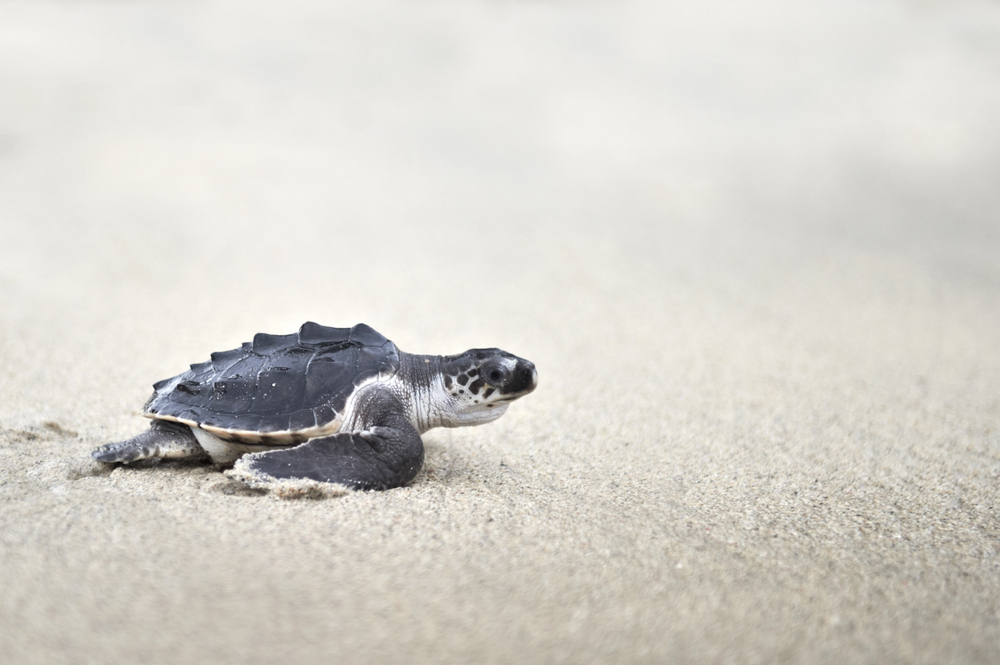
Most people visit Costa Rica hoping to see turtles, but they usually end up at crowded beaches with dozens of other tourists. Ostional offers something completely different — a chance to witness one of nature’s most incredible spectacles with almost nobody else around. During arribada months, hundreds of thousands of olive ridley turtles come ashore to nest simultaneously, and the beach literally becomes carpeted with turtles while you’re among just a handful of people witnessing this ancient ritual.
Tapantí National Park
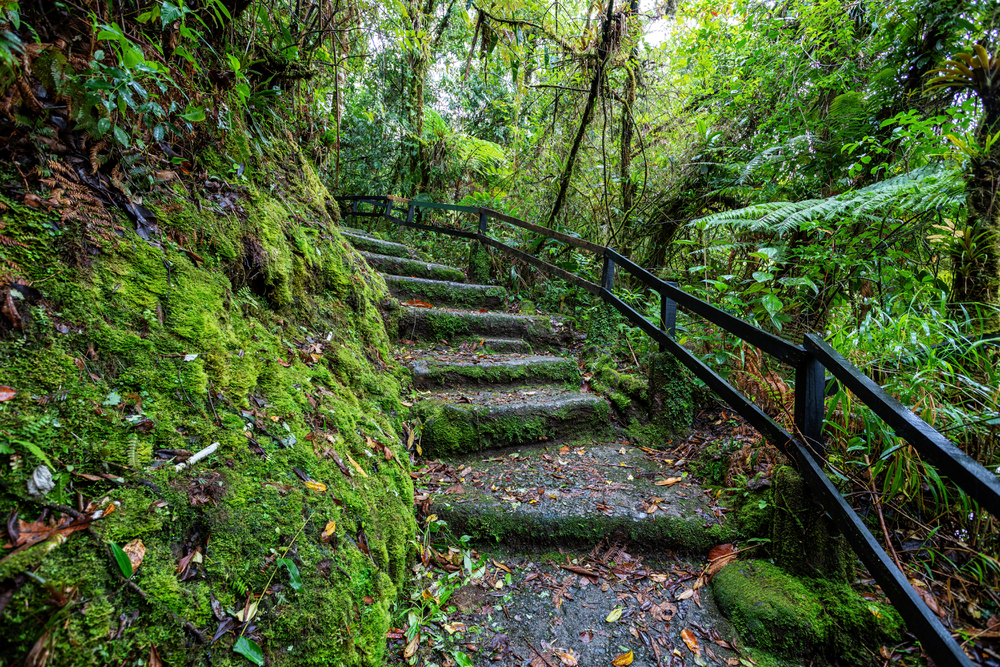
Just an hour from San José, Tapantí National Park protects some of the most accessible cloud forest in the country. The park receives incredible amounts of rainfall, creating lush conditions that support amazing wildlife diversity, and the trail system is well-maintained but rarely crowded. The Oropéndola River runs through the park, creating opportunities for swimming in natural pools surrounded by dense forest, while several waterfalls are easily accessible via short hikes.
Nicoya Peninsula Interior
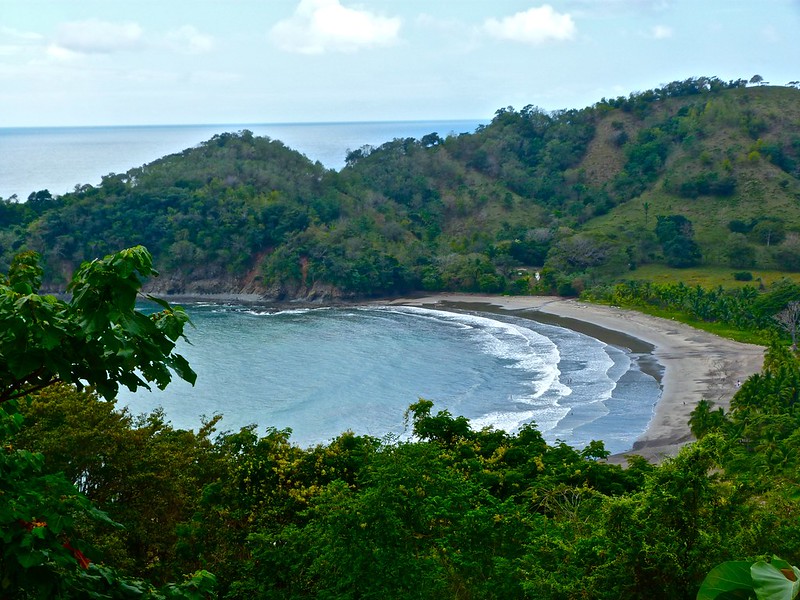
Everyone knows about the beaches on the Nicoya Peninsula, but few people venture inland to explore the dry forest and rural communities. This area offers a glimpse into traditional Costa Rican ranch life, complete with working cattle operations and genuine cowboy culture. During dry season, the forests lose their leaves, creating golden savannas dotted with flowering trees that are beautiful in a completely unexpected way.
Isla del Caño
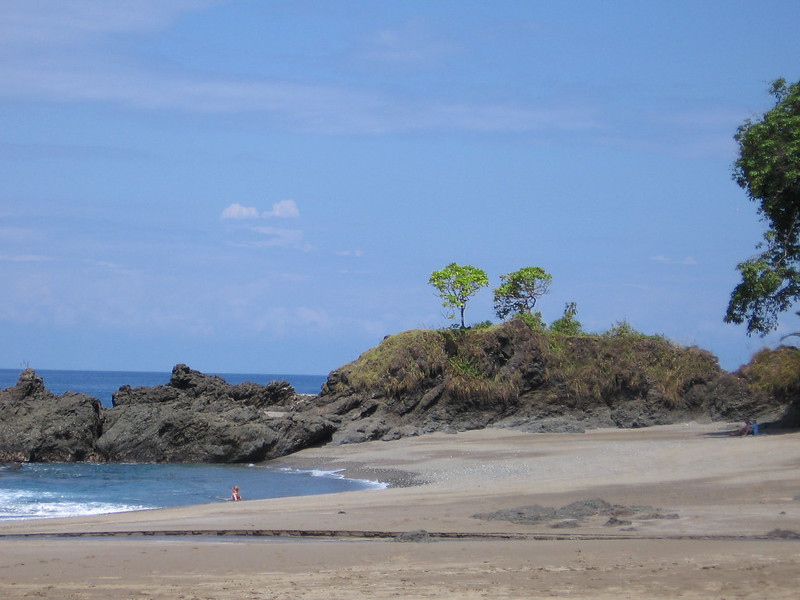
This small island off the coast of the Osa Peninsula requires a boat trip to reach, which automatically filters out casual visitors. The island is a biological reserve, so you can’t stay overnight, but day trips offer incredible snorkeling and diving opportunities. The waters around Isla del Caño are home to devil rays, reef sharks, and countless tropical fish species, with coral reefs that are some of the healthiest in Costa Rica and offer typically excellent visibility.
Las Cruces Biological Station
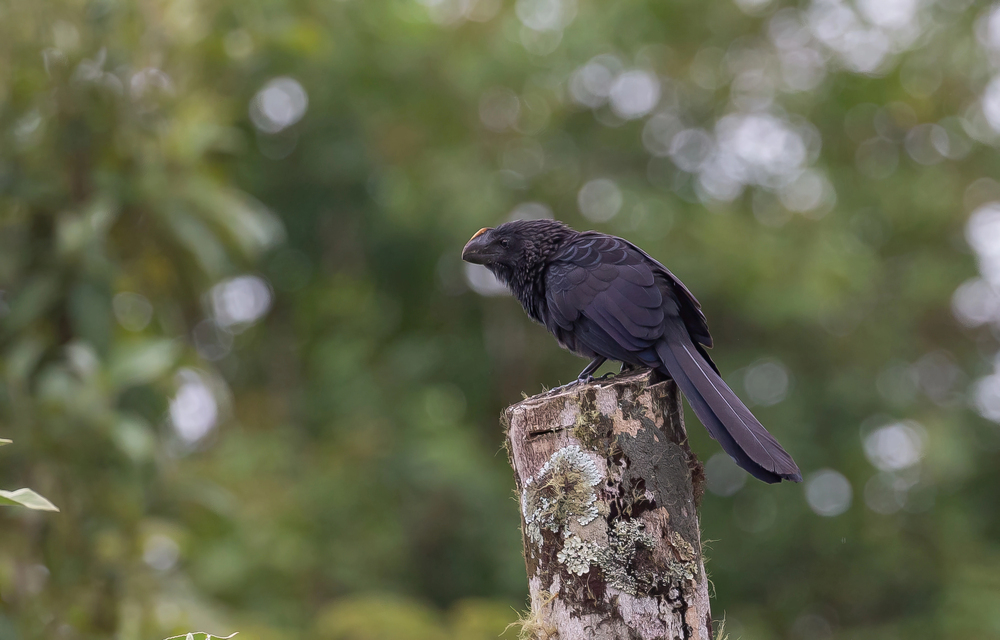
Technically, a research station run by the Organization for Tropical Studies, Las Cruces, also welcomes visitors who want to experience pristine cloud forest. The station maintains extensive trail systems through primary forest, and the botanical gardens showcase plants from around the tropical world. Because it’s primarily a research facility, you won’t find crowds here — but you will discover knowledgeable guides, incredible biodiversity, and accommodations that put you right in the middle of the forest.
Barra Honda National Park
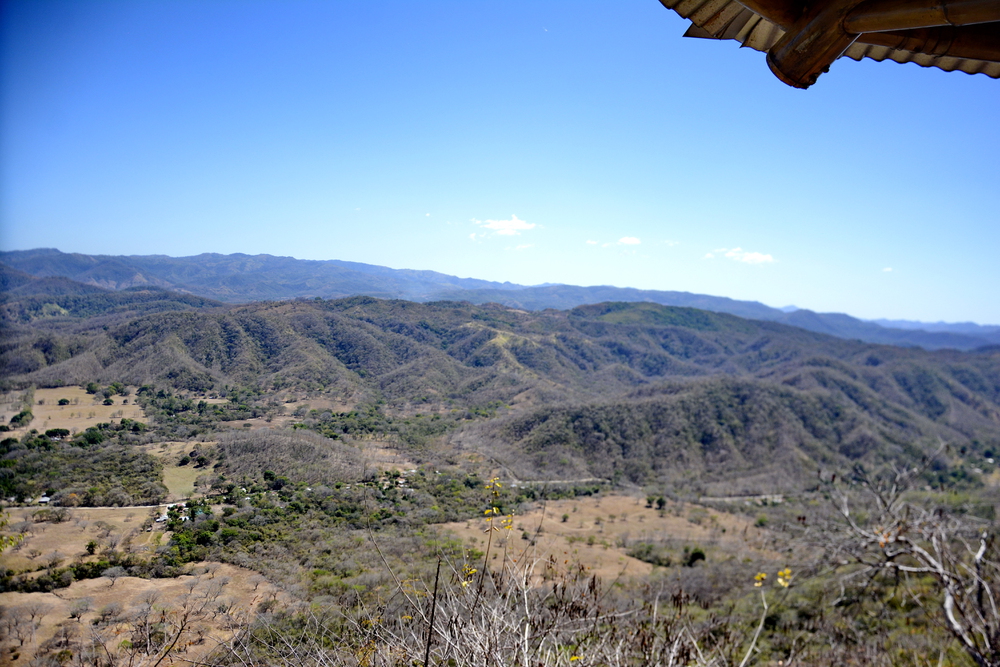
Most of Costa Rica’s national parks focus on above-ground ecosystems, but Barra Honda is all about what lies beneath. The park protects an extensive cave system, and guided tours take you underground to explore limestone formations that have been developing for millions of years. The caves contain incredible stalactites and stalagmites, underground chambers large enough to hold cathedrals, and unique ecosystems adapted to life without sunlight.
Carara National Park
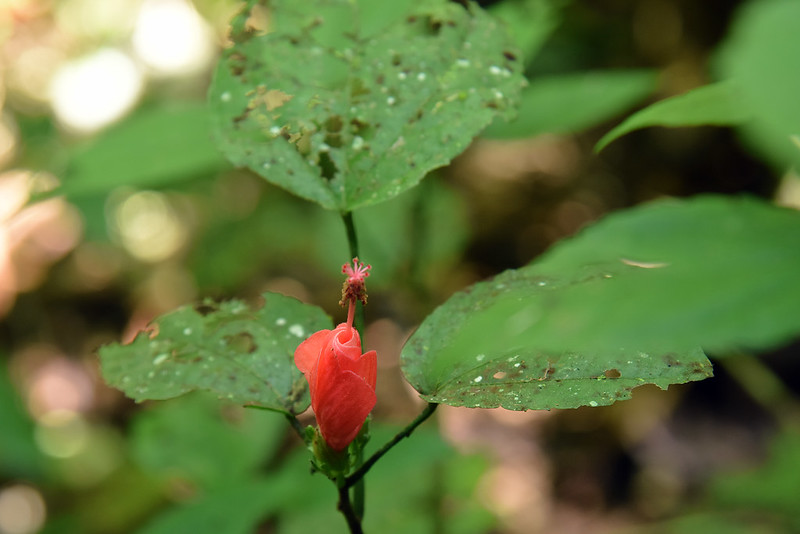
Sitting at the transition zone between Costa Rica’s dry northwest and wet southwest regions, Carara National Park supports an incredible mix of wildlife from both ecosystems. The park is most famous for its population of scarlet macaws, but it also hosts an impressive variety of other species. The trail system here is excellent, with options ranging from short wheelchair-accessible walks to longer hikes through primary forest, and because it’s relatively small and close to the Central Valley, you can easily visit as part of a larger itinerary.
Palo Verde National Park
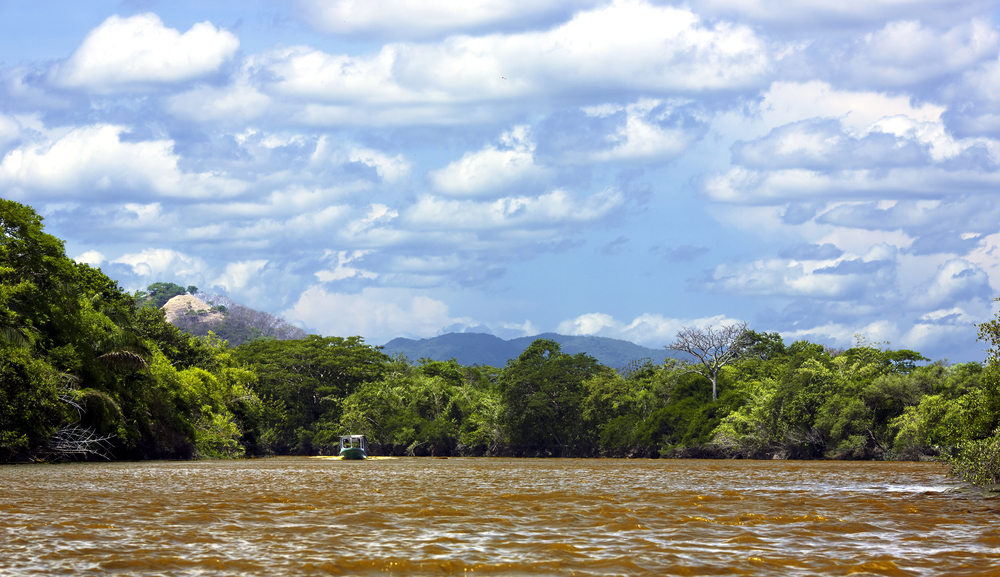
During Costa Rica’s dry season, Palo Verde transforms into one of the country’s premier wildlife viewing destinations. The park protects extensive wetlands along the Tempisque River, and as water sources elsewhere dry up, animals concentrate here in incredible numbers. Boat trips along the river offer opportunities to see crocodiles, hundreds of bird species, and mammals coming to drink at the water’s edge, while the contrast between dry deciduous forest and lush wetlands creates a unique landscape that changes dramatically with the seasons.
When Adventure Calls Your Name
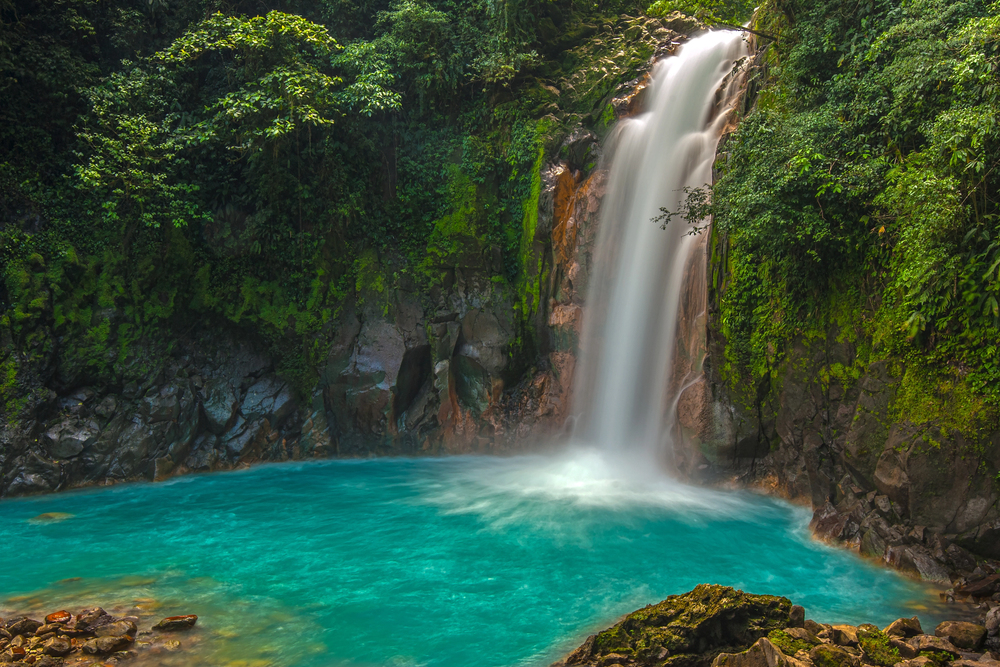
These hidden corners of Costa Rica remind us why the country earned its reputation as a natural paradise in the first place. While the famous destinations certainly have their appeal, there’s something magical about discovering places where howler monkeys provide the only soundtrack and your footprints might be the first on the trail that day.
The beauty of exploring these lesser-known spots isn’t just about avoiding crowds — it’s about connecting with Costa Rica’s incredible diversity in a more intimate way, supporting local communities that don’t see thousands of tourists each month, and creating travel memories that feel uniquely yours. Whether you’re rappelling down waterfalls in Bajos del Toro or watching quetzals in San Gerardo de Dota, these experiences offer something no Instagram post can capture: the pure joy of discovery.
More from Travel Pug

- 20 Best Beach Towns in the Carolinas
- 13 Destinations Where Tourists Regularly Regret Their Trip
- 20 Things You Actually Get in First Class
- 20 Small Airports With Aviation Museums
- 20 Places in the U.S. That Are Perfect for a Reset Trip
Like Travel Pug’s content? Follow us on MSN.
